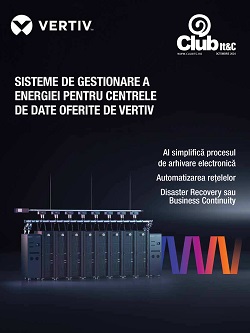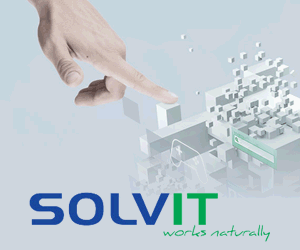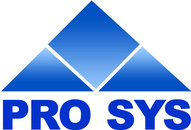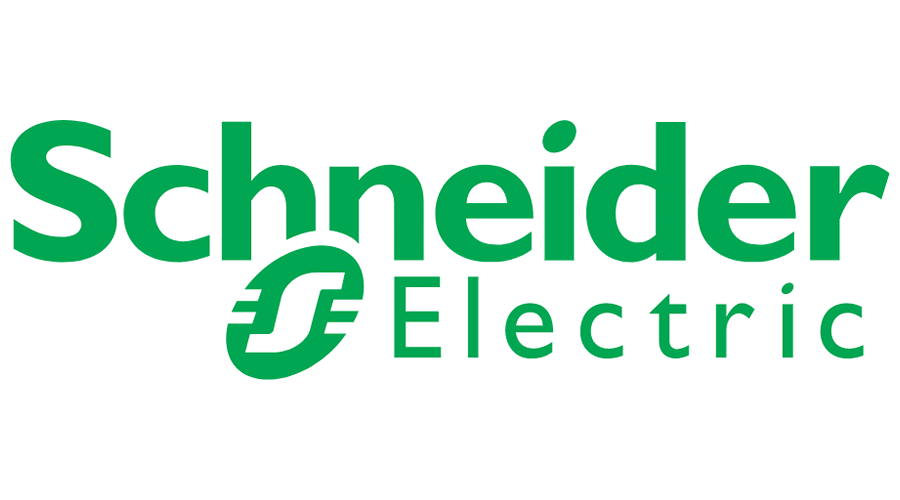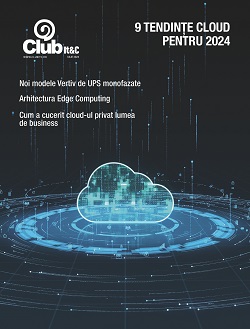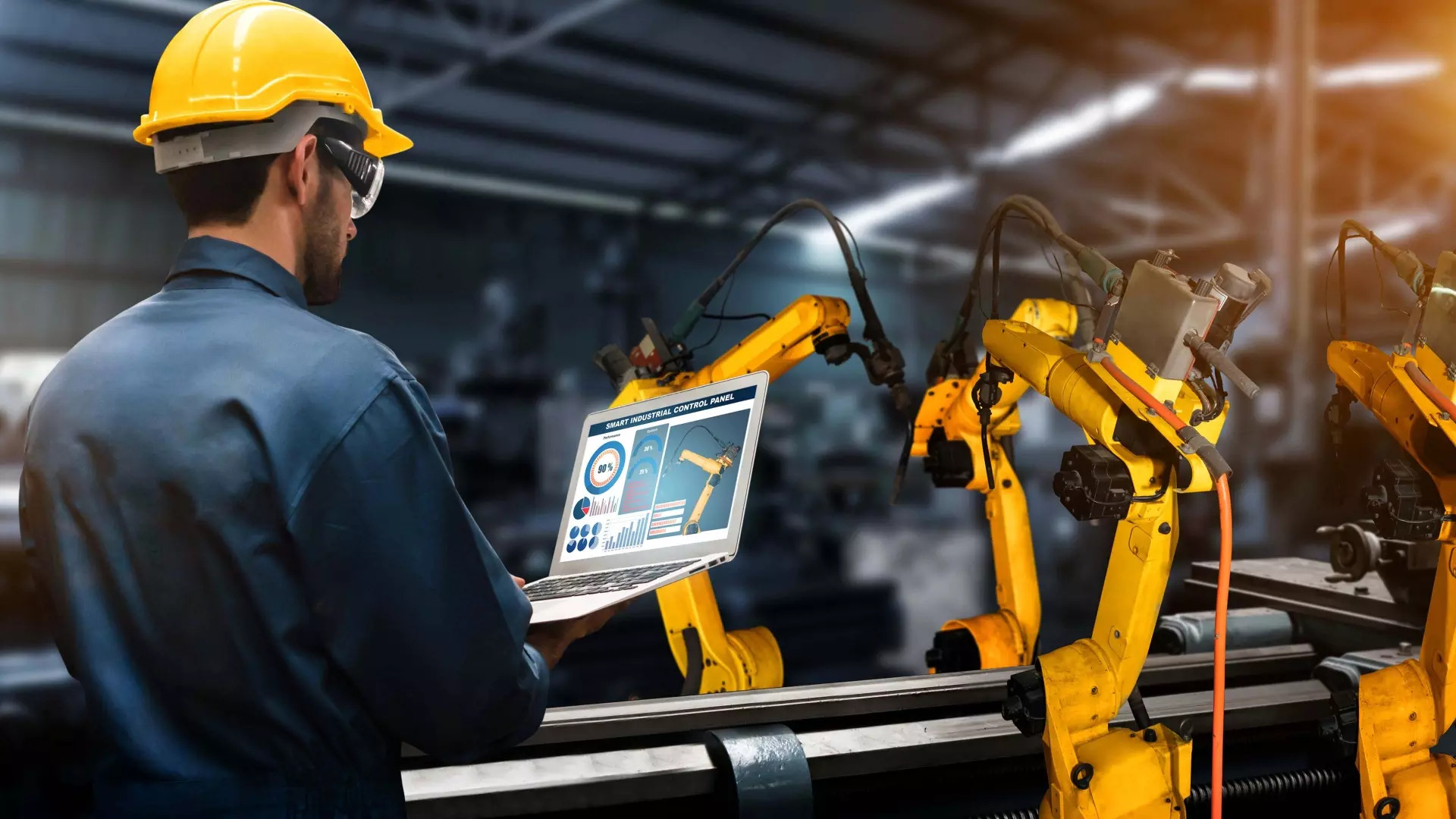 The concept of IoT is hardly new, as most advanced manufacturers have been equipping their factories and warehouses with networked sensors for decades. It’s the connectivity between ‘things’ that drives today’s IoT discussions, as the exponential growth in IoT-connected devices creates network bottlenecks, bandwidth limitations, data latency, and increasing infrastructure costs when using traditional, hierarchical network architecture.
The concept of IoT is hardly new, as most advanced manufacturers have been equipping their factories and warehouses with networked sensors for decades. It’s the connectivity between ‘things’ that drives today’s IoT discussions, as the exponential growth in IoT-connected devices creates network bottlenecks, bandwidth limitations, data latency, and increasing infrastructure costs when using traditional, hierarchical network architecture.
Manufacturers require real-time visibility into factory processes to maintain high levels of production efficiency. This requires localized access, storage, and analytics only possible with the latest in hyper-converged edge computing technology.
Internet of Things and Edge Computing
Any discussion on computer networking and data exchange inevitably focuses on IoT and how connected ‘things’ will help create a more quantifiable and measurable world. For manufacturers, these ‘things’ are typically the sensors, electronic controls and automated equipment that help control a process and drive efficiency, quality and flexibility—areas that have the biggest impact on any operation. With industry forecasts sizing IoT for the manufacturing sector as large as $30 billion by 2020, it’s easy to appreciate just how much data and network traffic will be generated by these connected devices and the impact it would have on a traditional network architecture where everything is sent upstream to a cloud data center. The inevitable latency and bandwidth costs will become significant challenges influencing how businesses adopt and benefit from the IoT opportunity.
How will IoT impact your business in the next 5 years?
A smarter solution for a typical manufacturing data center is to distribute computing power and storage at the network’s edge to minimize transport latency and bandwidth requirements. Edge computing brings bandwidth-intensive content and latency-sensitive applications closer to the user or data source, so that process visibility is as close to real-time as possible. With a scalable edge computing platform called Envigilant Sensor Platform (ESP) that utilizes a GAUGE.DB™ database architecture and an extensive portfolio of Industrial Ethernet infrastructure, Wi-Fi and media interconnectivity products, Allied Telesis is able to work closely with the manufacturing sector, building state-of-the-art solutions to leverage IoT technology on the plant floor.


